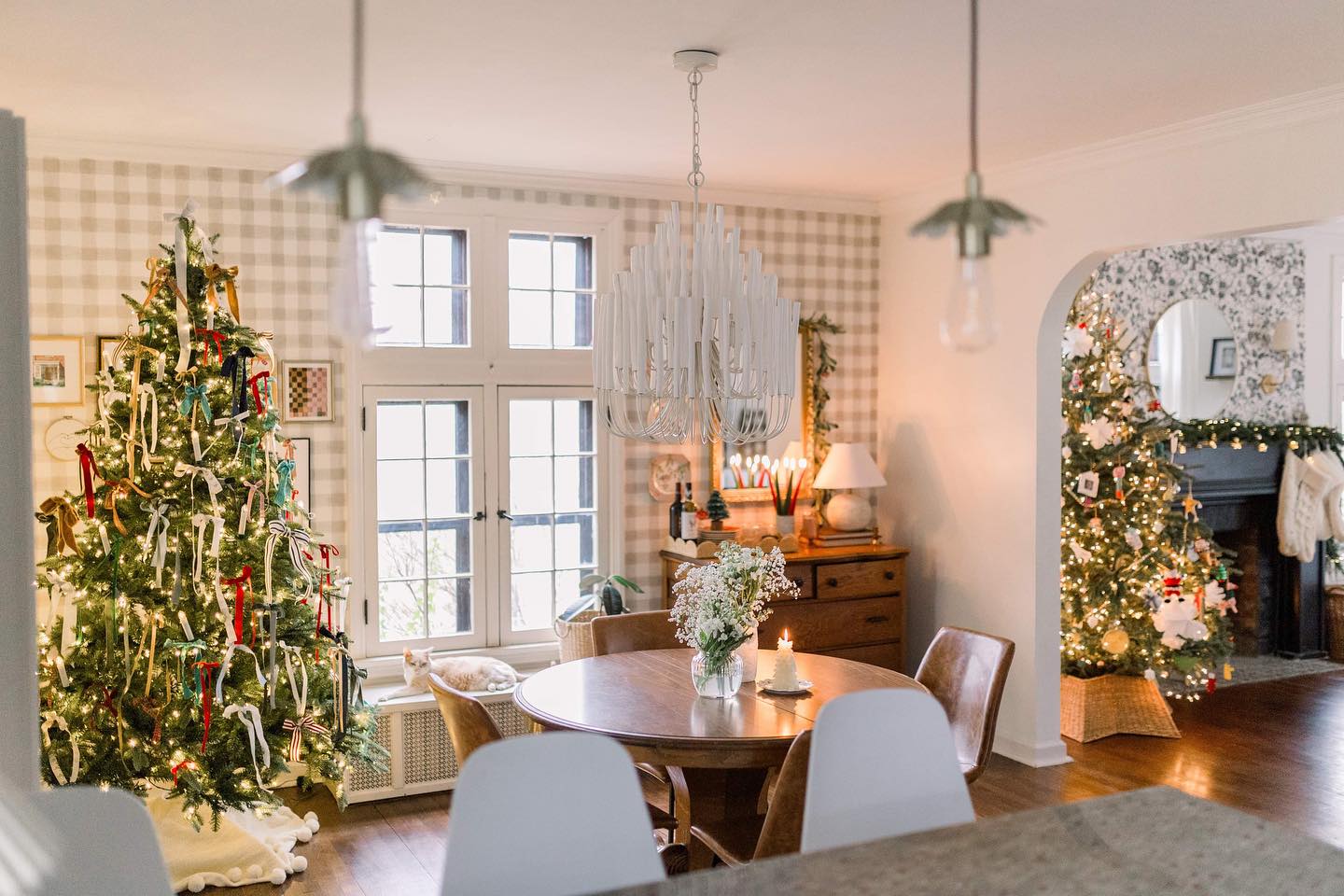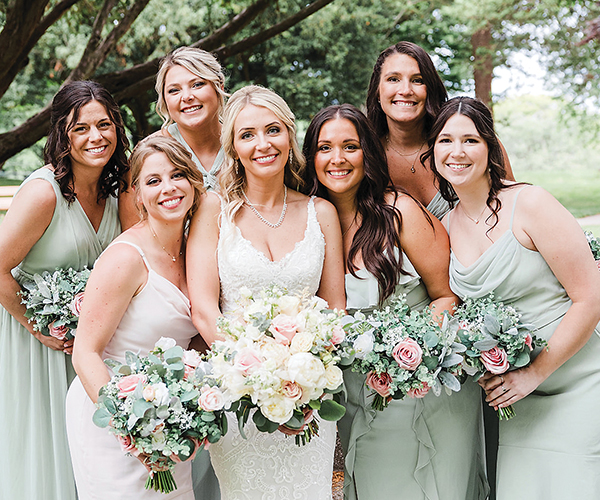Freshen Up
by Lynne Thompson | Sep. 16, 2010 | 4:00 AM
Big Jobs:
$10,000 and up
With dinners, parties and visits from friends and relatives filling calendars throughout the city, it's no surprise contractors are besieged with requests for new kitchens and baths this time of year. Removing the wall between a cramped kitchen and family room or underused dining room to create one large space is still incredibly popular, says Ken Perrin, president of Artistic Renovations in Seven Hills.
"When you're entertaining, you're entertaining in the kitchen," he says. "That's where everybody gathers."
The contractors we talked to estimate it takes four to six weeks to gut and complete a kitchen job and one to two weeks to finish a total renovation of a bathroom. But Rick Salerno, president of S&K Remodeling in Hinckley, stresses that those estimates don't include the time needed to draw up new plans for reconfigured spaces, get the necessary municipal permits and select materials. Patrick Hurst of Hurst Design and Remodeling in Middleburg Heights normally allows four to five weeks just to receive the finishes and fixtures he orders. Therefore, embarking on a major kitchen overhaul on a tight schedule can be risky.
"If it's Oct. 1, you're going to be cutting it close," Salerno warns. "If everything comes in by Nov. 1, we have a shot of getting it done by Christmas."
However, Salerno agrees with Hurst and Perrin that completing a standard bathroom with in-stock fixtures and materials is possible by early to mid-December, particularly if the current layout is retained. For those in newer homes with electrical wiring and plumbing that's up to code (generally homes built after 1980, according to Salerno), a reasonable alternative to the complete kitchen overhaul is what Hurst calls a "kitchen update," which involves replacing cabinets, countertops, flooring and appliances with counterparts that are either in stock or have a short lead time for orders.
"Sometimes you can use the existing cabinetry or add to it" in the form of a peninsula or breakfast bar, he says.
Other popular home improvement requests this time of year include converting the basement into a rec room and revamping the foyer, projects that can be completed in a couple of weeks and for which materials are generally readily available. Preparing to make a good first impression in the entry hall often requires refinishing or replacing staircase railings and other millwork pieces damaged by years of use and abuse. In some cases, the steps long hidden under old carpeting aren't built of a wood worthy of staining. Hurst says many people simply choose to rebuild the entire thing.
However, Hurst cautions homeowners against settling for anything less than their idea of perfection just to get a major job done in time for a party or in-law visits. "That project is going to be around for many years to come," he says. "So make sure it's going to be exactly how you want it."
$1,500 to $10,000
If you're looking for a noticeable change that won't require weeks of work, John Koncar of John Koncar Interiors in Pepper Pike points to the popular powder room renovation. The space lends itself to bold paint and wallpaper choices and innovative vanity and sink designs.
If the drywall is in good shape and the electrical wiring is up to code, the changes are largely cosmetic. But Salerno suggests hiring a plumber, especially when replacing the traditional vanity/sink combo with a pedestal sink or a vessel sink with a wall-mounted faucet. The switch generally requires modifying plumbing and patching drywall.
"That plumbing has to be perfect," he stresses. "And if you've never set a toilet before, it can be an interesting experience."
Salerno also counts installation of new hardwood floors in living and dining rooms among his most frequently requested home improvements. Do-it-yourselfers with carpentry skills and a level floor may be able to handle putting in a fold-and-lock product. Koncar raves about Konecto, a self-adhering vinyl flooring that can be laid directly over just-vacuumed laminate. "Everybody who walks into my kitchen thinks it's real wood," he declares. But Salerno says laying the ever-popular ceramic-tile floor "is out of most people's leagues."
In fact, Perrin says many of his clients stick to hiring pros for replacing features such as worn cabinetry and countertops or adding the finishing touches they didn't have the time or money to install when they first bought or built their homes: a tile backsplash and under-counter lighting in the kitchen, upgraded lighting fixtures, crown molding and a ceiling medallion in the dining room.
Deciding whether to paint or stain is crucial before installing woodwork. Perrin says the decision affects the type of material he chooses for the job. He notes that upgrading to four- or six-panel hardwood interior doors and replacing, refinishing or repainting the surrounding woodwork can make a surprisingly big improvement.
Hurst suggests replacing those often-overlooked exterior lighting fixtures when upgrading interior counterparts. And he urges homeowners to replace garage doors, a feature that's virtually ignored in many homes compared to the fuss generated by selecting a new front door. He notes that the newest designs, particularly the carriage-house-style ones, are attractive.
"A lot of homes have a front-load garage that really dominates the facade of the home," he observes. "Yet most garage doors blend into the siding. Why not put more emphasis on it?"
Less than $1,500
One of the most popular do-it-yourself projects is painting a room or two. But Hurst, Perrin and Salerno agree that most people underestimate the effort required to achieve the desired results. There's much more to the job than simply picking a color and slapping it on the walls.
Salerno advises buying the tools needed to do a professional-looking job — spackling knives, roller covers, trim brushes — and learning how to use them correctly, perhaps with some guidance from a pro at the paint store or a friend whose work you've admired. Patch nicks and holes, and apply primer, even if the paint is labeled "self-priming." According to Perrin, walls already painted a vibrant color require two coats of stain block. And contrary to popular opinion, it can take up to four coats to achieve the true color, particularly if the color in question is a deep, rich shade such as red.
"Unless you're willing to put all that money out on equipment, you're better off hiring a professional," Salerno says.
Hurst urges resisting the tendency to paint the walls the same neutral shade and use an actual color. "Consult with a designer and get out of the beiges and tans!" he exclaims.
Koncar admits that mustering the courage to use strong color can be difficult in a city he describes as "a very beige community" at heart. "It actually depreciates property values here," he says. The exceptions to that statement are classic colors such as deep blue, green and burgundy and the aforementioned bold shades and patterns used in powder rooms. He compares a dining room with navy walls, an antique gold chandelier and straw-colored draperies to a navy blazer with brass buttons worn with khaki trousers — it never goes out of style. He warns that trendy colors on walls, floors and large-scale upholstered pieces date a home as soon as the trend passes.
Instead, color trends are best expressed in accessories added to rooms decorated in neutral palettes. Libby Palmieri of House of L in Moreland Hills suggests indulging a passion for fashion by buying accent pillows, throws, linens, vases, even flowers, in shades of the moment such as amethyst and lavender. But budget-conscious homeowners aren't limited solely to paint and knickknacks. Palmieri notes that even affordable, attractive window treatments are available at stores such as Pottery Barn, Crate & Barrel and Restoration Hardware.
Unfortunately, it's the one quick fix most people don't take advantage of, mainly because they still think of window treatments as the home version of investment dressing. "Drapes completely transform a room, add a lot of warmth and soften the space," she says. And unlike paint, they can be removed in minutes.
Trending
-
1
-
2
-
3
-
4
-
5










